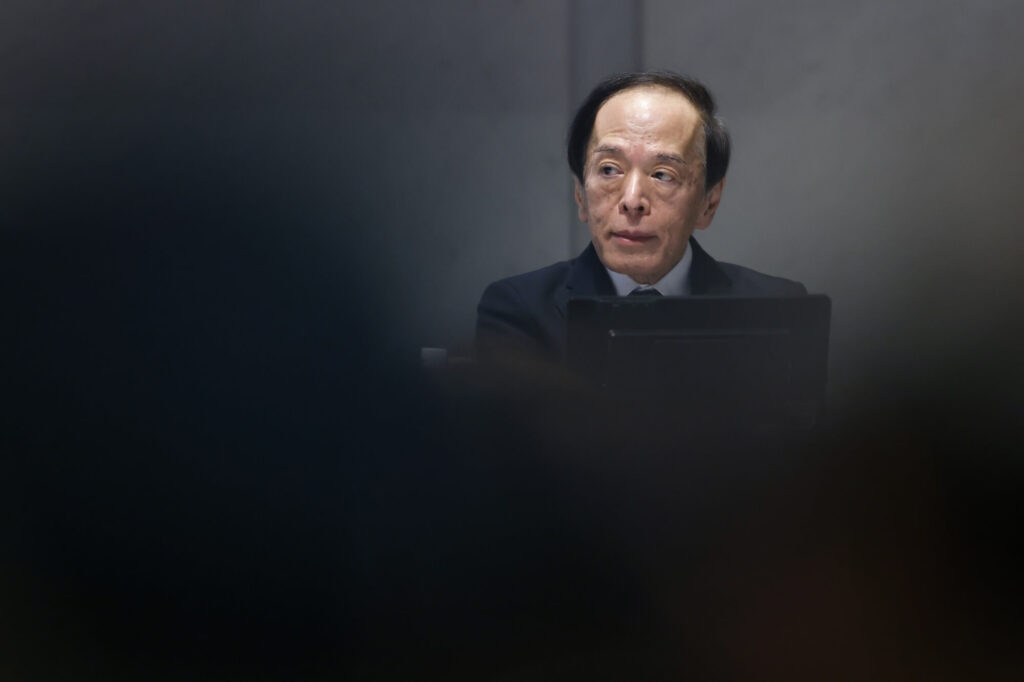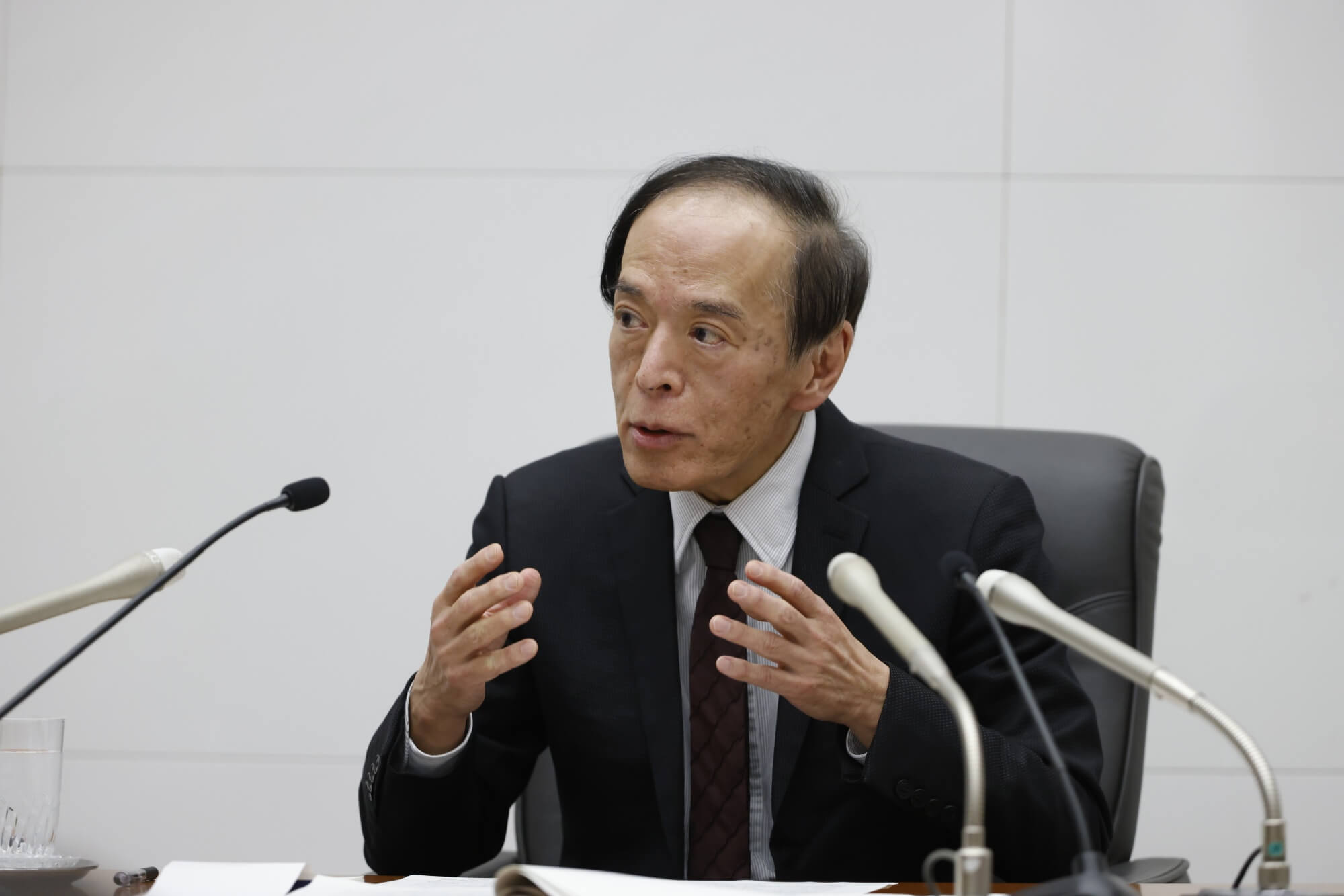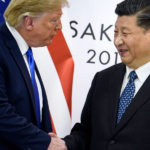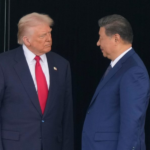Bank of Japan Governor Kazuo Ueda is intensifying efforts to lay the groundwork for the nation’s first interest rate increase since 2007, with recent comments pointing towards a possible move in the spring. Ueda has not ruled out the less likely option of a January hike, keeping the financial markets on alert.
In a recent interview with public broadcaster NHK, Ueda stated, “It’s possible to make some decisions even if the bank doesn’t have the full results of spring wage negotiations from small- and middle-sized businesses.” This suggests a willingness to consider a policy shift before complete data on spring wages is available, potentially indicating a move earlier than previously expected.

The central bank’s stance, reflected in a series of signals throughout the week, indicates a departure from the traditional approach of waiting until July, when more comprehensive pay deal data from Rengo, Japan’s largest union federation, is typically compiled. Ueda acknowledges that the chances of having sufficient information for a policy change by the January meeting are not high but refrains from dismissing the possibility.
Economists are interpreting Ueda’s remarks as supporting the view that the central bank might act in April, leveraging early annual pay deal figures scheduled for release in March. The confirmation of economic expansion, supported by gross domestic product data set for February, would likely play a role in the decision-making process.
Japan’s unique economic strategy involves seeking inflation as a means to revitalize growth. Unlike its counterparts, such as the Federal Reserve and the European Central Bank, which aggressively raised rates, the Bank of Japan has maintained negative interest rates, aiming to stimulate a positive cycle of inflation supported by wage gains.
Economists surveyed in December express a consensus, with two-thirds expecting the BOJ to raise rates by April. This aligns with Ueda’s recent signals, indicating a potential end to the experiment with negative interest rates.
Potential timelines for a rate hike include April, March, or even January. Analysts note that April provides the BOJ with more time to assess initial and subsequent pay results, aligning with the release of quarterly economic projections. However, the central bank may consider March due to Rengo’s release of initial results from annual spring pay negotiations (shunto) a week before the central bank’s meeting.
Ueda’s approach of tweaking policy based on quarterly forecasts and economic projections enhances the anticipation surrounding the BOJ’s decisions. The upcoming release of Rengo’s pay negotiation results on March 15, followed by the BOJ’s decision on March 19, sets the stage for potential policy changes.
While the majority of economists view April as the most probable timing for a rate hike, a minority remains cautious, considering various factors such as wage trends and income gains. Ueda’s nuanced comments leave room for speculation, keeping financial markets attentive to potential developments.









